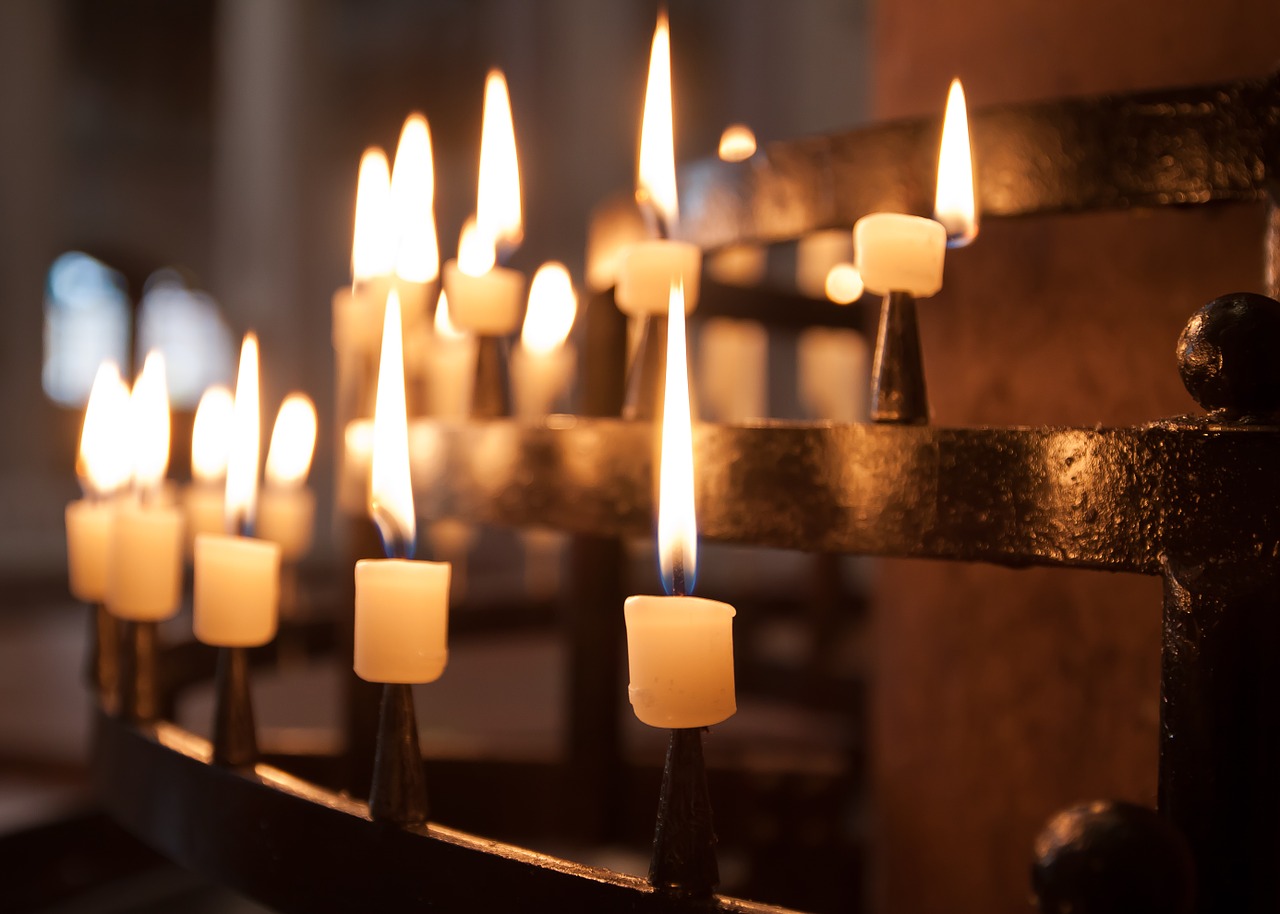Answered by Legionary of Christ Father Edward McNamara, professor of liturgy and dean of theology at the Regina Apostolorum university.
***
Q: Many pictures are published showing the Pope preaching at his daily Mass from the ambo, presumably after the Gospel reading, but in the background it can be seen that the altar missal is already on the altar. Surely, the altar missal should not be placed on the altar until the altar is prepared at the offertory? Am I correct? Unfortunately, the tendency to place the altar missal on the altar before Mass even begins is one of the most frequent errors that I see almost everywhere I go! — B.C., Birmingham, United Kingdom
A: According to the General Instruction of the Roman Missal:
“139. When the Prayer of the Faithful is completed, all sit, and the Offertory chant begins (cf. no. 74). An acolyte or other lay minister arranges the corporal, the purificator, the chalice, the pall, and the Missal upon the altar.
“306. Only what is required for the celebration of the Mass may be placed on the mensa of the altar: namely, from the beginning of the celebration until the proclamation of the Gospel, the Book of the Gospels; then from thePresentation of the Gifts until the purification of the vessels, the chalice with the paten, a ciborium, if necessary,and, finally, the corporal, the purificator, the pall, and the Missal. In addition, microphones that may be needed to amplify the priest’s voice should be arranged discreetly.”
However, there is one exception to this general rule, which is for the Mass at which only one minister participates:
“256. The priest approaches the altar and, after making a profound bow along with the minister, venerates the altar with a kiss and goes to the chair. If he wishes, the priest may remain at the altar; in this case, the Missal is likewise prepared there. Then the minister or the priest says the Entrance Antiphon.”
Therefore the general norm is, I think, fairly clear. In most Masses the missal should not be upon the altar until the presentation of gifts. We must point out that the missal also presumes the presence of the necessary ministers to carry out the duties described.
At all public papal Masses these norms are followed with great precision.
The Masses in Santa Martha, however, are less formal; often there are no servers or deacon, and all the priests present concelebrate with the Holy Father. The chapel is also relatively small and was not designed with this kind of use in mind.
Furthermore, the groups who attend this Mass are different each day and arrive shortly before Mass begins. It is,therefore, not easy to arrange regular service as is done in a parish setting.
From the photos, it would appear that the Holy Father often uses two missals, one at a lectern by the chair and another upon the altar. In this way, the clear distinction between the different parts of the Mass is retained.
I would say that while it is clearly better to attempt to keep the altar free until the presentation of gifts, the concrete circumstances of this daily celebration might create something of an obstacle for doing so.
Finally, it is important to remember that the small celebrations in this chapel are not intended to provide a model for the rest of the Church. Even the Pope’s large public celebrations, which are prepared in every detail, have to take into account the reality of congregations which number from 15,000 upward. The papal masters of ceremonies, therefore, sometimes have to seek solutions not provided for in the liturgical books while respecting the sacredness of the rite.
Those who prepare liturgical celebrations in regular parish contexts should follow the guidance of the approved liturgical books and other official documents at the universal, national or local level.
* * *
Readers may send questions to zenit.liturgy@gmail.com. Please put the word «Liturgy» in the subject field. The text should include your initials, your city and your state, province or country. Father McNamara can only answer a small selection of the great number of questions that arrive.

Pixabay.com - Foto-Rabe
LITURGY Q & A: Missals on the Altar
Fr. Edward McNamara Says They Shouldn’t Be There Before the Presentation of the Gifts


